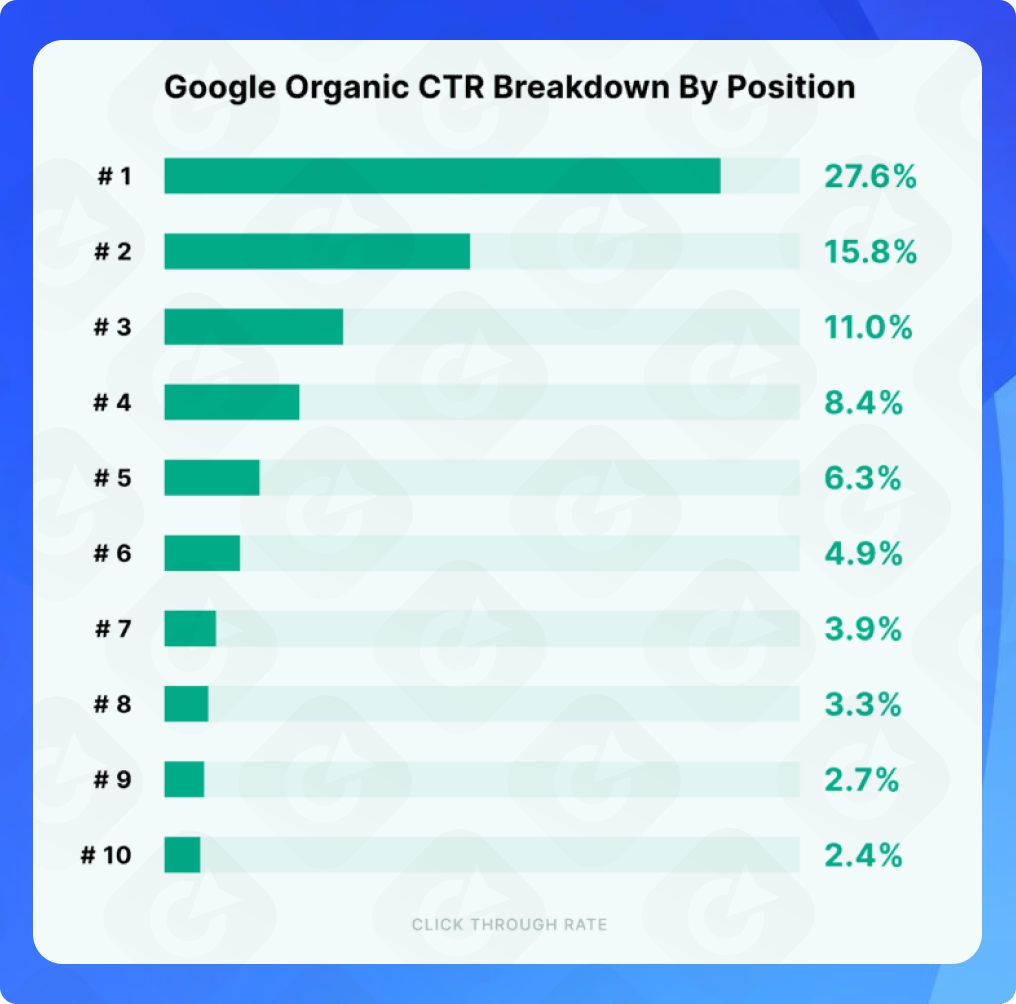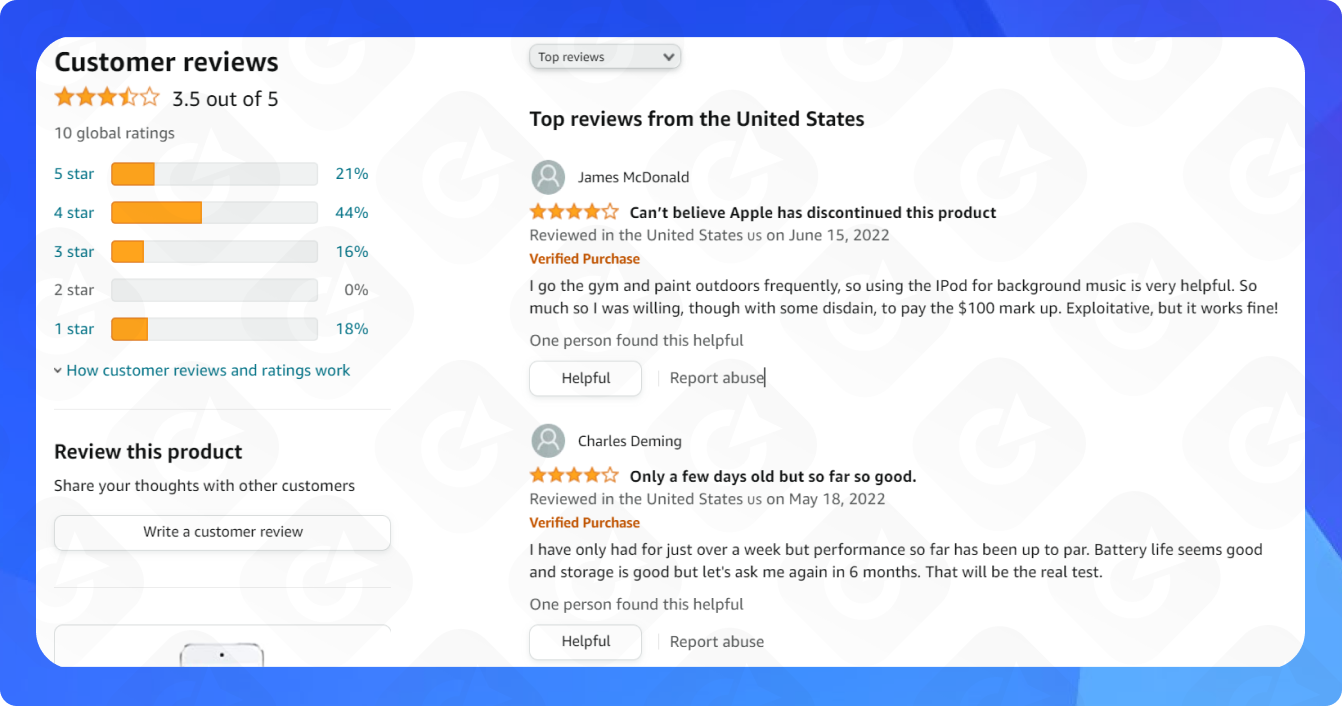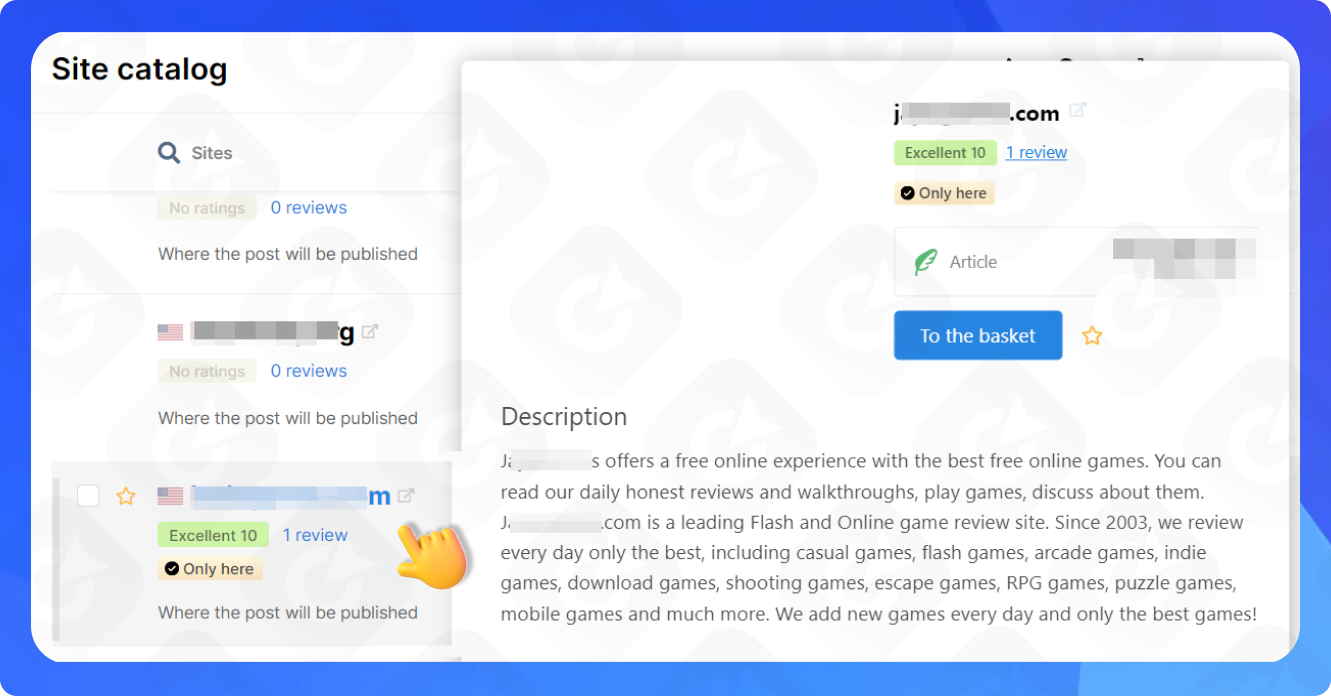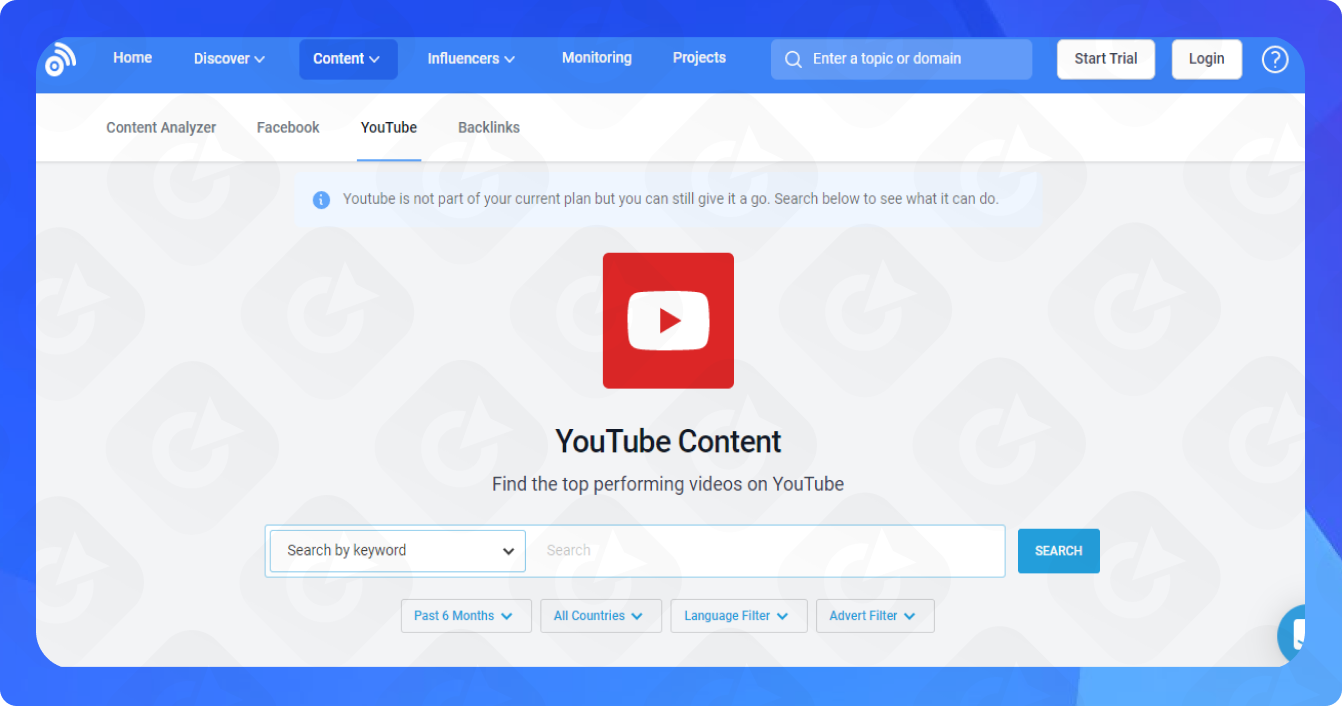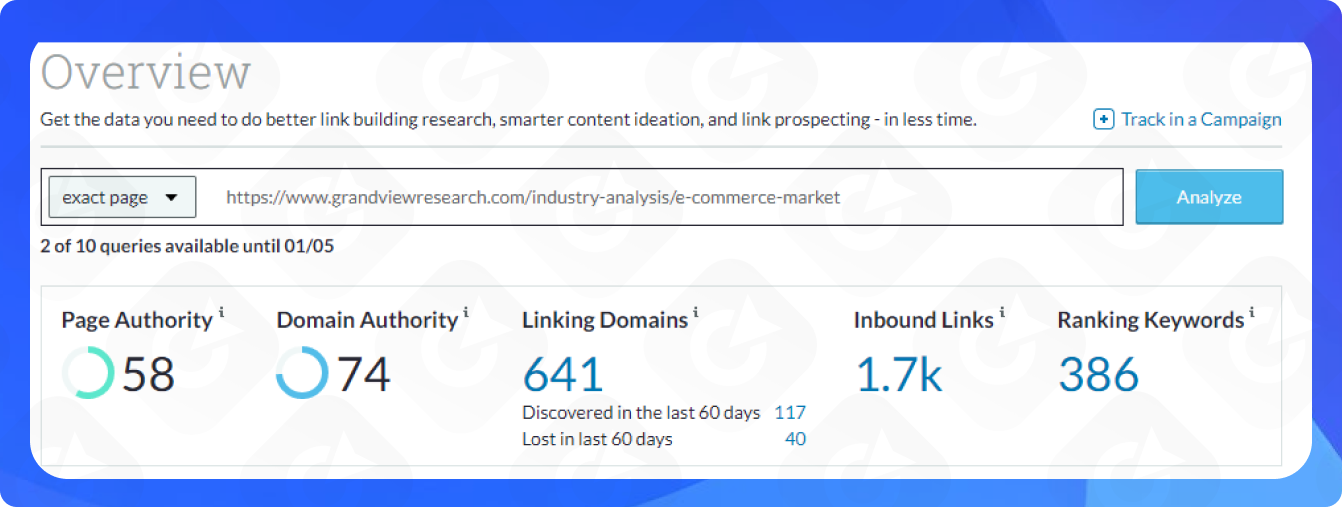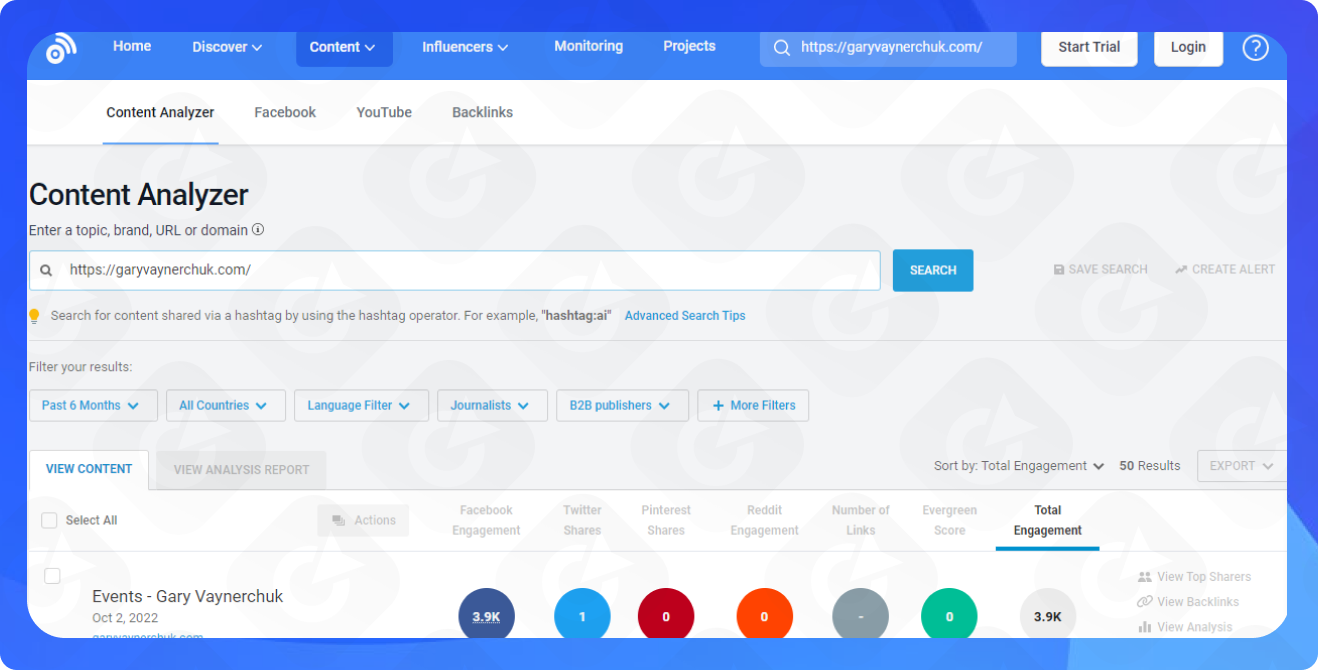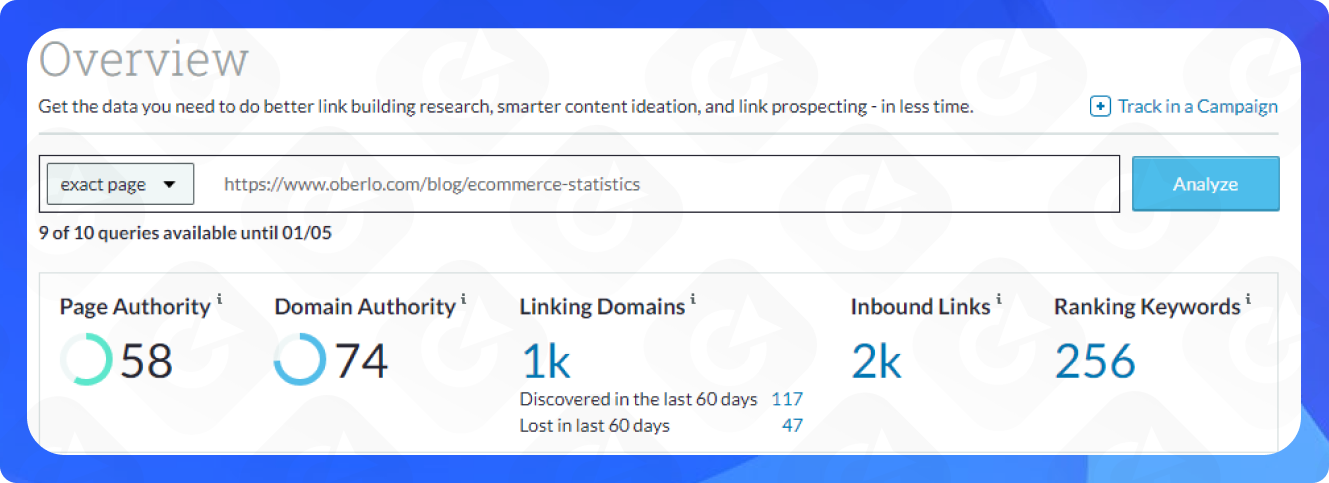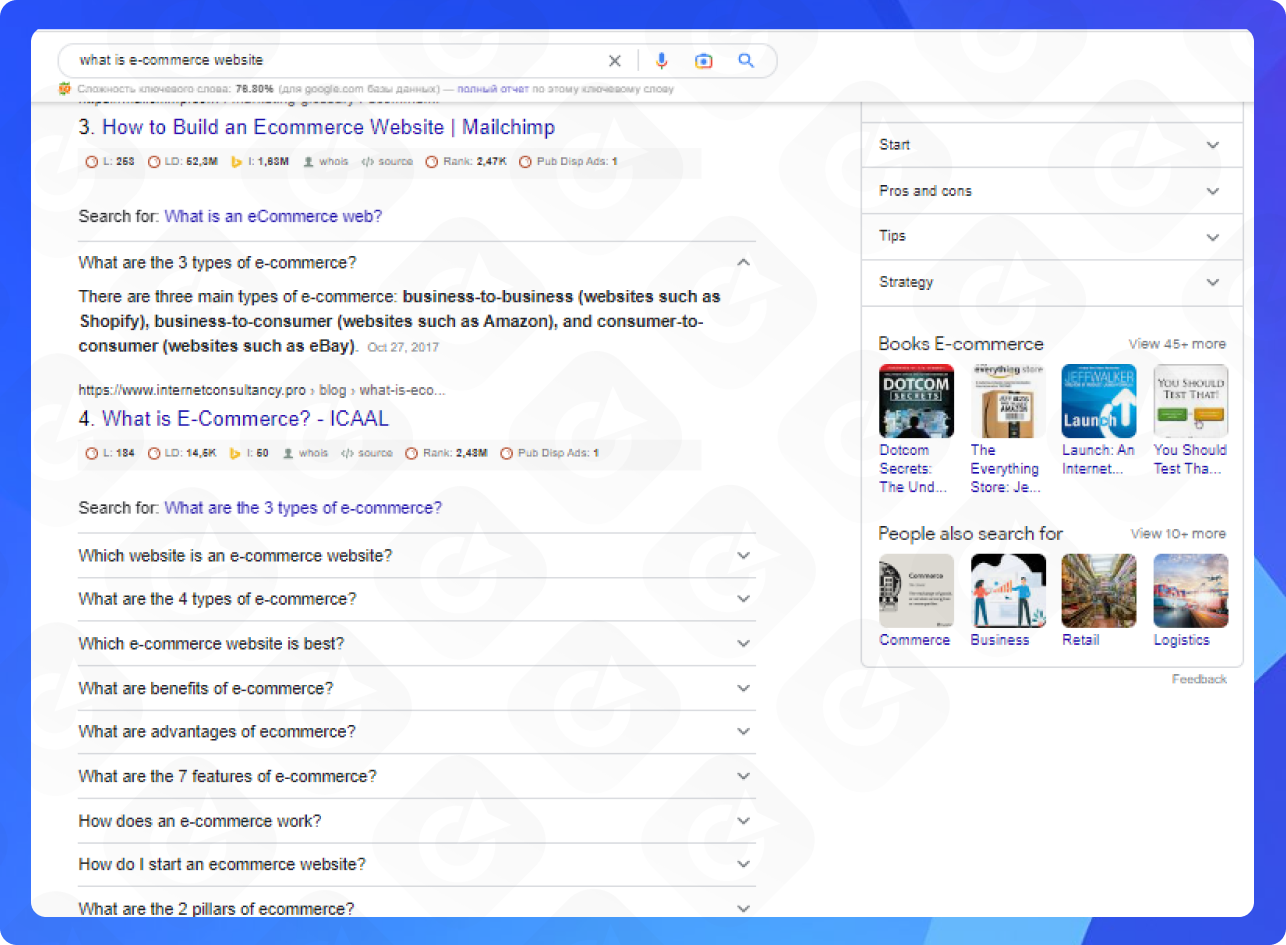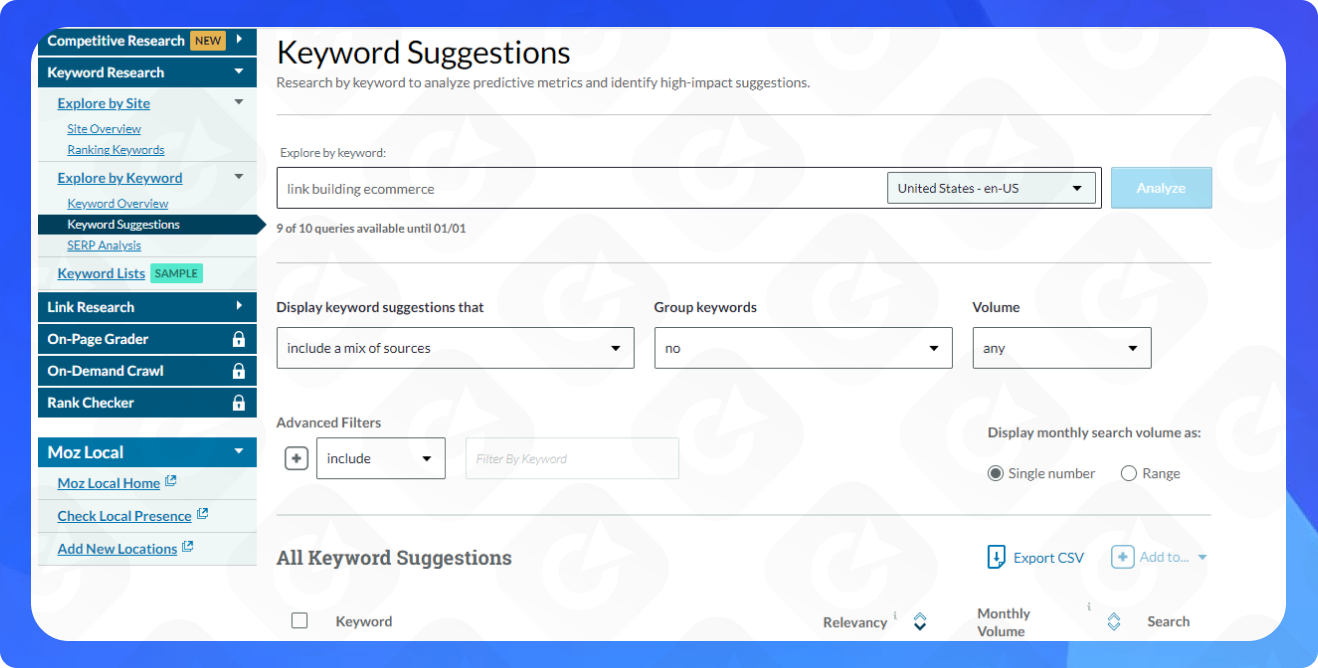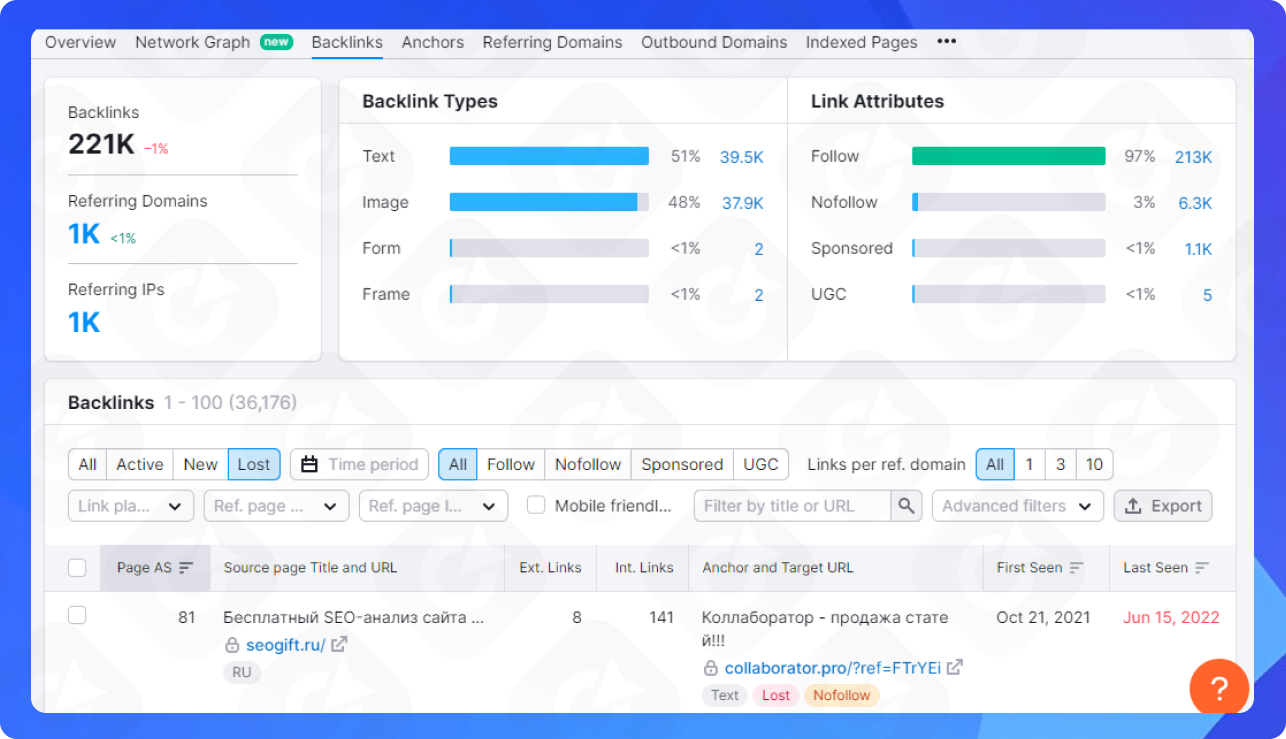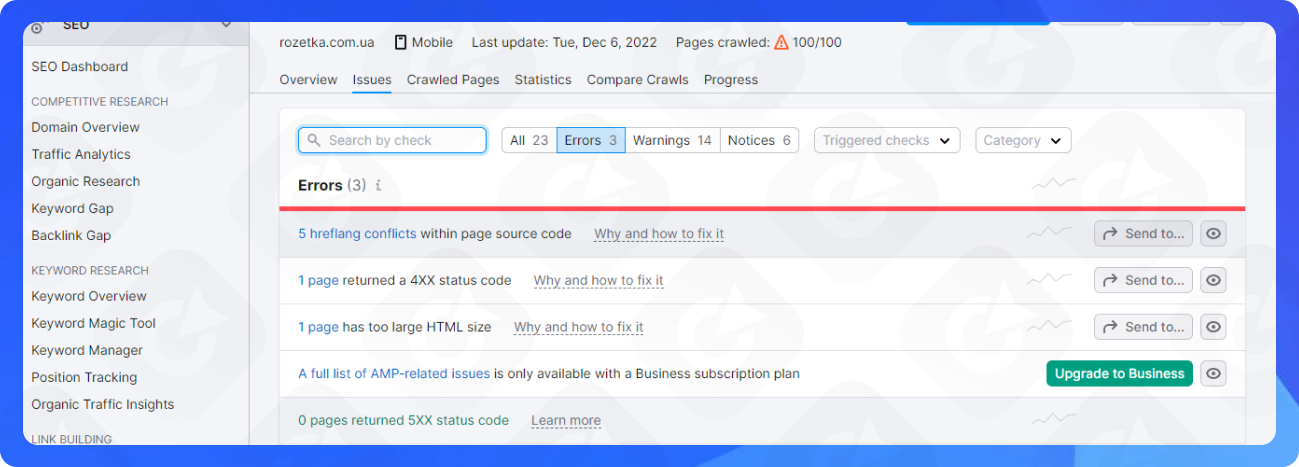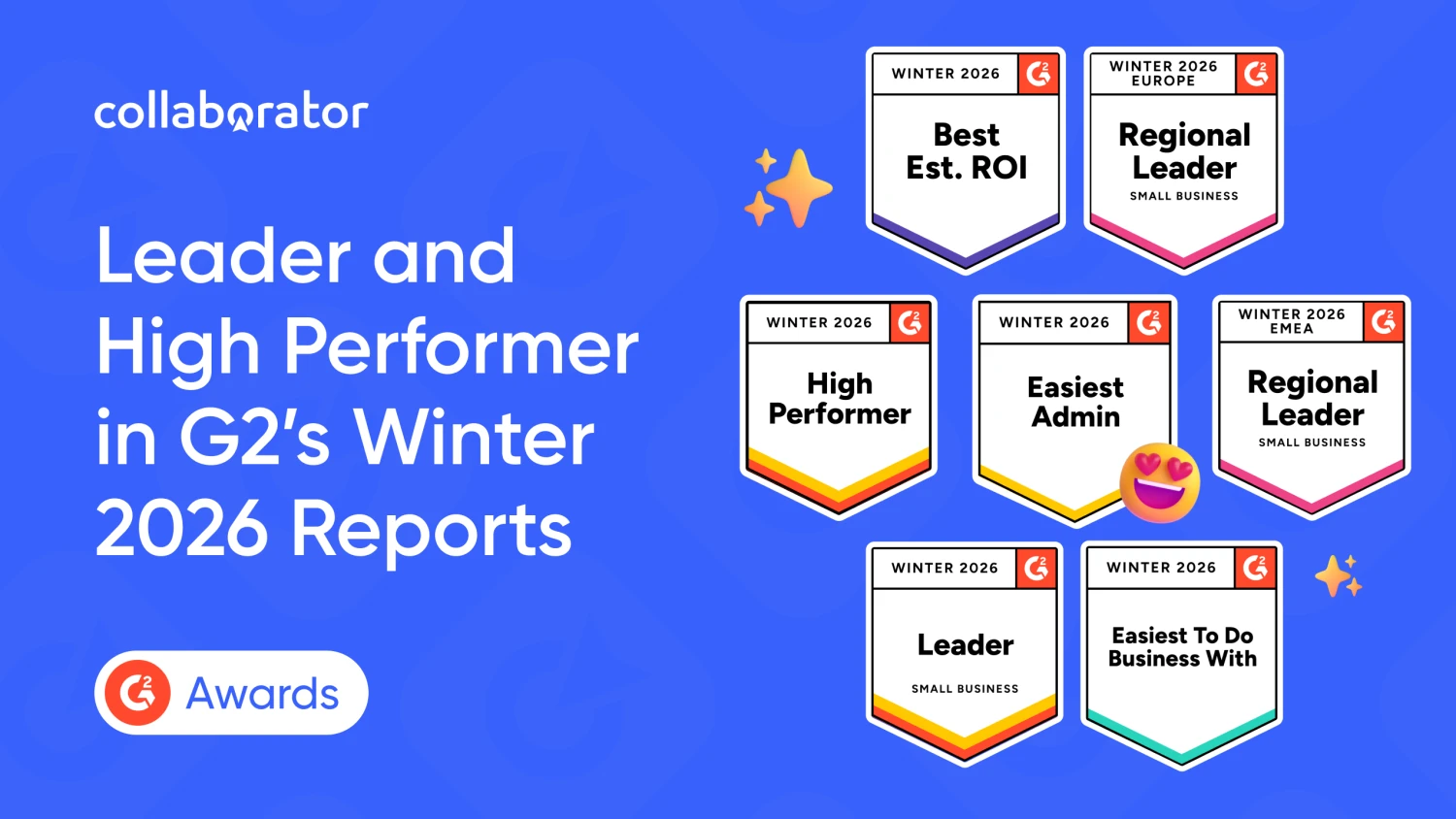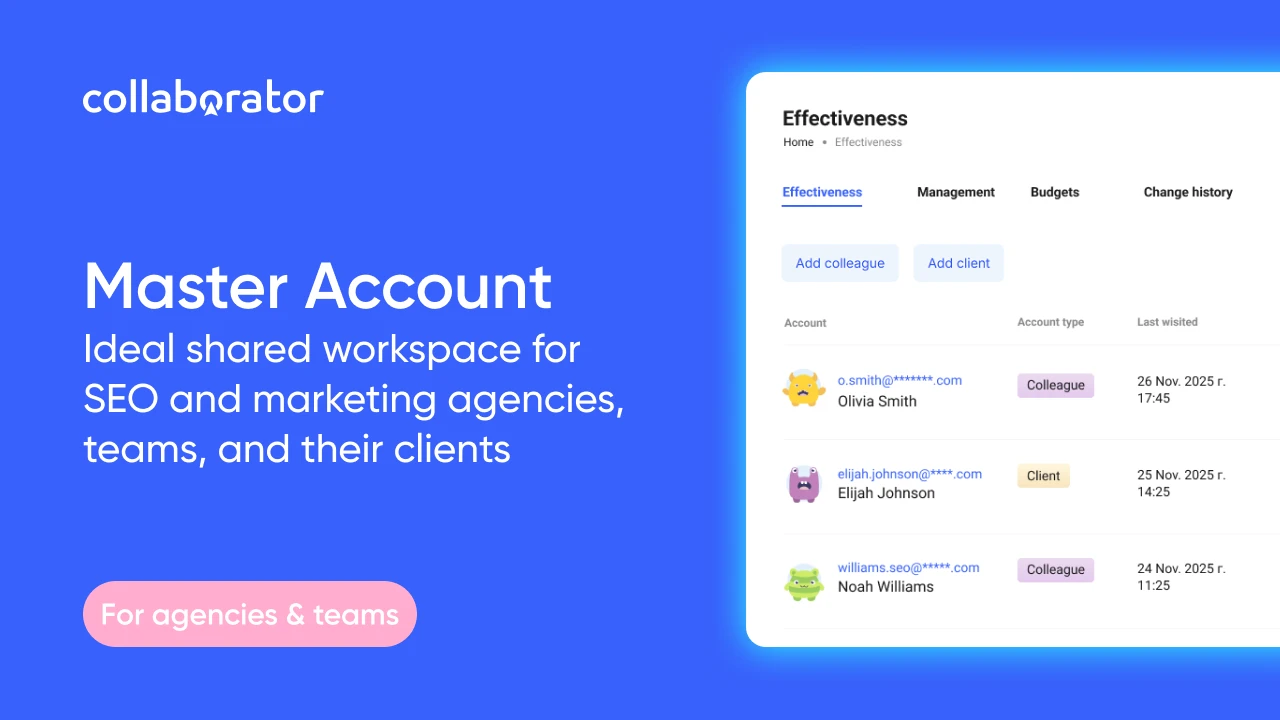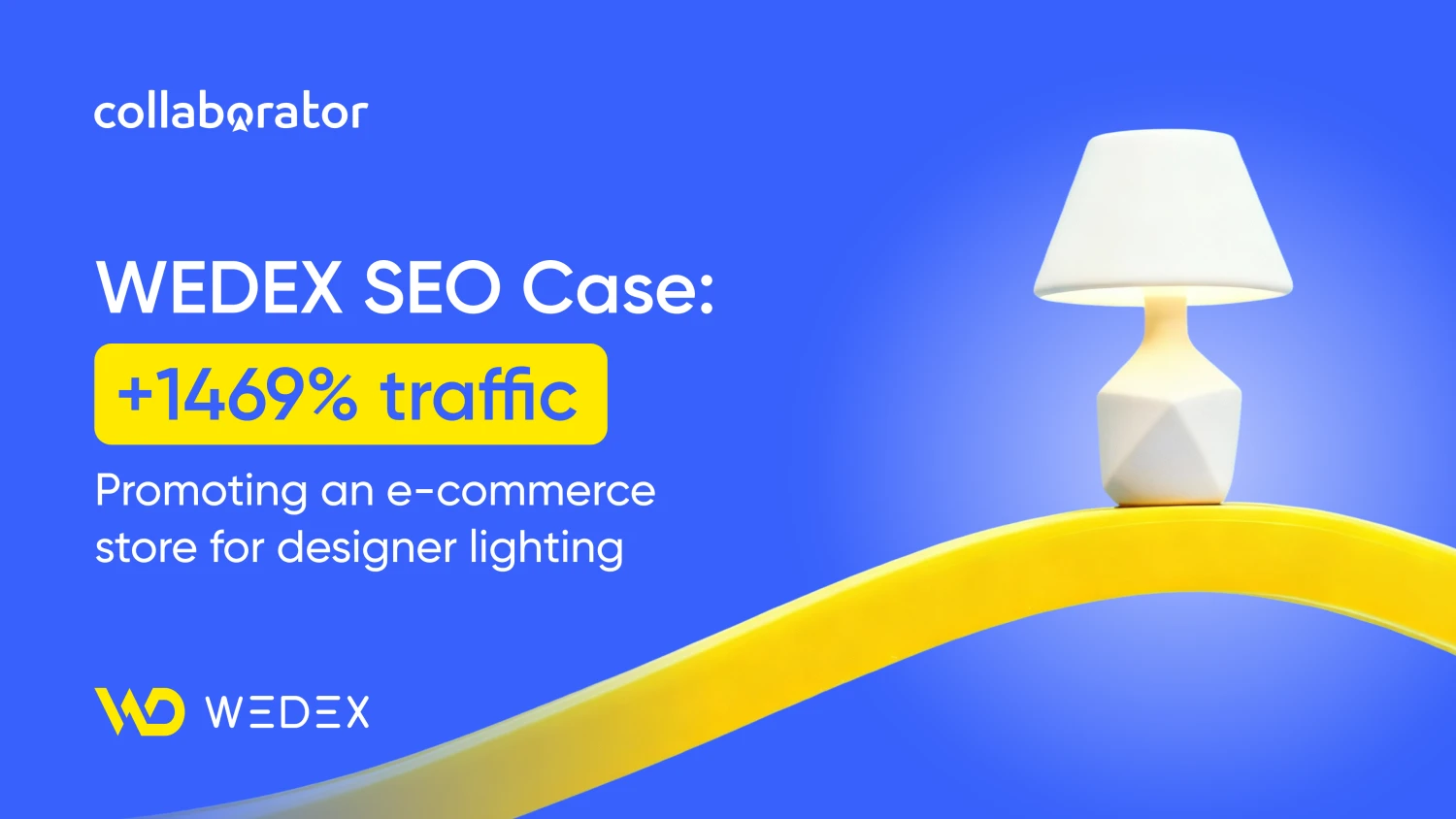E-Commerce Link Building: 21+ Proven Strategies To Boost Rankings & Sales in 2025
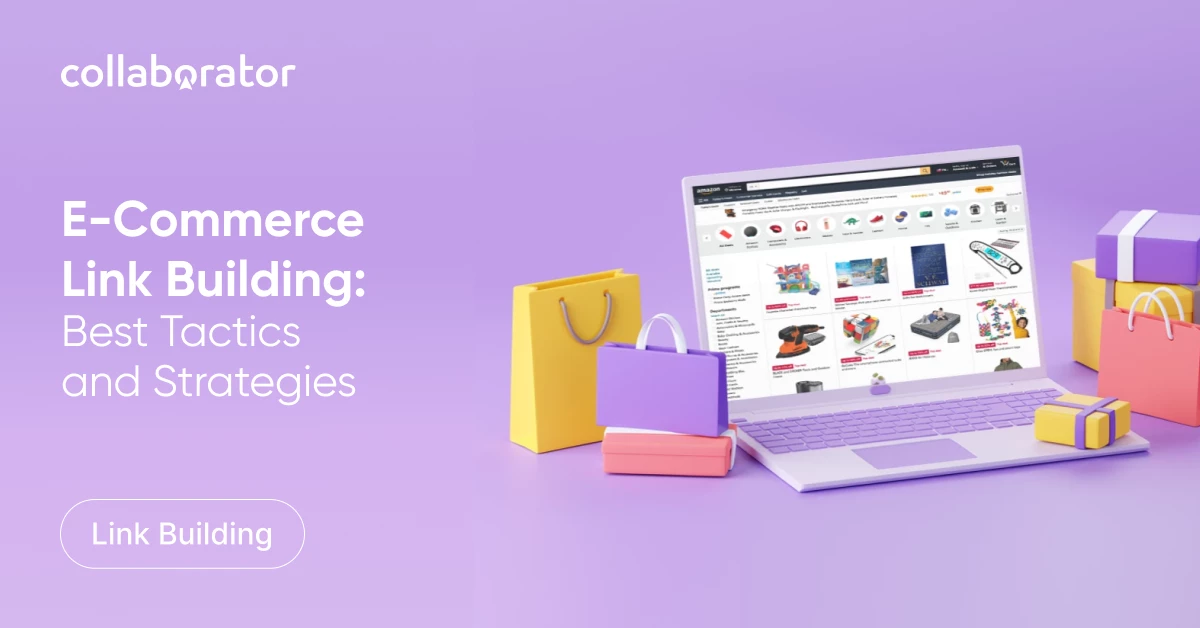
Creating an effective link building strategy for an e-commerce website is crucial if you want to be more profitable than competitors. It’s especially important for small businesses and brands that are just starting their way up.
We have already written the 14 Advanced Link Building Strategies and Tactics for anyone who promotes their businesses on the Internet. But e-commerce needs a unique approach. So, below, you will find the TOP proven ideas to encourage e-commerce services. This information will help SEO specialists, marketers, and link builders get better results in e-commerce faster.
What Is E-Commerce Link Building?
Link building is a search engine optimization technique aimed at improving your search engine ranking. It involves obtaining a number of quality links to the pages of your website that signal search engine algorithms that their content is valuable.
Before you dive in, it’s also important to examine what’s currently working in your niche. Analyzing your competitors' backlink profiles can give you an idea of how many backlinks — and what types — your e-commerce site needs. Keep in mind that regardless of your niche and its level of competition, your website will benefit from foundational links. These include safe, trusted backlinks such as business listings, social media profiles, and other basic directories that help establish your domain’s credibility early on.
However, don’t get it wrong: the quality of backlinks is always more important than quantity. A single backlink from a highly authoritative, niche-relevant website is far more valuable and impactful than dozens from irrelevant, low-DA domains. So, when prioritizing your e-commerce link-building efforts, remember that digital PR — particularly distributing your content on authoritative news media — isn’t just about media coverage, but also about boosting your SEO.
Click here for a more detailed explanation of link building definition👈
For instance, you can get an e-commerce brand link from an authoritative online news platform. Below is an example of a brand mention of Studio Roslyn and an e-commerce brand link to Vancouver-based jeweler Olive & Piper placed in an article on the Vancouver Sun website.
Links back to your website from third-party online resources are known as backlinks or inbound links. They make up the backlink profile of a website. The more backlinks you receive from trusted websites, the stronger your backlink profile, and the higher the chances are that Google and other search engines will consider your website relevant and rank it closer to the top in search results.
That brings many benefits to your online business:
- Improved brand awareness.
- More potential customers see and visit your store.
- Increased sales and profit.
Let’s discuss this in more detail👇
Why Is Link Building Important for Your E-Commerce Website?
Let's look at why your e-commerce project will benefit from implementing effective link building strategies.
- In the e-commerce sphere, there is intense competition for the same products. If you do not produce something unique, be prepared to compete.
- Most niches have monopolies – significant marketplaces like Amazon, eBay, Walmart, and others with big marketing budgets.
- Highly developed paid promotion methods. The first page of Google search results is occupied by PPC, merchants, and others. So, it would be best if you pumped SEO to be on page 1.
Below, we show and describe the qualitative indicators of the Amazon site.
What we see here:
- more than 855 million users access the site, partly thanks to 14.6 billion backlinks. It is organic traffic;
- also, the site has a 96 DA rating; again, backlinks cannot be underestimated here;
- and thanks to a great number of authoritative backlinks, Amazon can save its advertising budget.
Of course, almost 14.6 billion backlinks haven’t appeared in a day or even a month. It’s an ongoing effort if you want to get ahead of the competition.
Backlinko research proves that Google uses backlinks to rank sites.

The main sign that your e-commerce link building efforts are successful is an improvement in your website’s overall online performance. Additionally, when a page with backlinks starts ranking higher, it can also boost the performance of the internal pages it links to.
So, how long does it actually take for e-commerce link building to show results? Once Google indexes the pages containing your backlinks, it can begin to factor those signals into your site’s ranking. In general, noticeable results start to appear within 30 to 90 days, depending on the niche and competition level. In highly competitive markets, it might take up to 6 months to see significant movement. Google’s major Core Updates — which typically roll out once a quarter (though Google has said they’re aiming for monthly updates) — often play a key role in when those improvements become visible.
Most importantly, link building is not a one-time fix — it’s an ongoing process that requires consistency. Let’s explore which e-commerce link building strategies you can use to support that ongoing effort.
21+ Proven Link Building Tactics for E-Commerce Brands
Backlinko research shows the first and not the only reason for the e-commerce market to strive to be in the TOP search results.
As e-commerce turnover is expected to increase each year, every company will try to "take a healthy bite." So, if you want (and you do😉) to stay ahead of the competition, you need to build backlinks not just to product pages, but also to your category pages. To make this happen, you can use various e-commerce link building strategies such as guest posting, digital PR, creating link-worthy category page content, and more. There isn’t a single best, one-size-fits-all solution — the most effective approach is to combine several strategies.
Below, we’ll explore each one in more detail.
1. Customer Reviews for Authority and Links
93% of people watch online reviews before buying. Most users are more attentive to negative feedback. So, you need to keep abreast of reviews and respond quickly to positive and, especially, negative comments to retain your loyal customers and attract new buyers. You can also:
- Find the most popular review websites (TripAdvisor, Yelp, Foursquare, etc.).
- Ask your customers to provide feedback on your collaboration.
- Offer discounts for reviews or create a points system for detailed feedback.
It will help create a positive first impression for both new and regular customers.
Also, product feedback on other online portals is one of the easiest ways to build links to product pages and improve your backlink profile. In fact, in many cases, you don’t even need to do anything to make this happen — many websites publish roundups of top or best products. They rate or recommend these products and include backlinks.
These types of articles present a great opportunity for link insertions. To find them, use search queries like "best {your product type}" or "top {your product type} for {specific use case}." Then, reach out to the website owners and arrange to have your product included in their article with a backlink.
2. Guest posting: Effective or Outdated?
Among all known link building strategies for e-commerce, the guest posting tactic is comprehensive. Guest blogging opportunities are excellent for e-commerce websites because you can get a backlink to your website and perform several other tasks.
- You tell a potential client about your expertise.
- Improve SEO and other qualitative site indicators.
We have already written an overview of the best link building tools and how to buy backlink safely. Each of them will help you to implement the guest posting strategy more quickly and efficiently. For example, with the help of the Collaborator service, you quickly select the best sites to place the link and agree on placing your expert article.
Here's an example of a website available in Collaborator's catalog where you can have a guest post about the choice of accessories for gamers from your online store published.
Here, you can also find relevant websites for distributing your marketing press releases.
3. Sponsored Reviews for Backlinks
According to Krista Neher (CEO of Boot Camp Digital), influencer charm will continue to grow.

And you can use this advanced e-commerce link building strategy to increase both the number of backlinks to your site and user loyalty.
At the same time, influencer marketing is not just about advertising with world-famous people on Instagram, such as Cristiano Ronaldo or Kourtney Kardashian. You can now find smaller bloggers and influencers with audiences of 1,000 to 50,000 subscribers to review your product. Although they may not have millions of fans worldwide, these influencers can still help you enhance your link profile and attract new customers.
To find the most suitable bloggers to review your product or service, use BuzzSumo. You will find a list of bloggers on Facebook, Twitter, YouTube, Reddit, and other platforms. You will also be able to check coverage, audience engagement, and other qualitative indicators before entering service agreements.
4. Brand Ambassadors
The primary goal of a brand ambassador is to increase users' interest in your product or service. For you, their work will serve as an effective link-building tactic for e-commerce brands, helping to increase customer loyalty and build a strong link profile.
The easiest way to find an ambassador is among your most loyal clients. This could be the most active client from Viber, Telegram, or Reddit chats. Alternatively, you can offer the role to a satisfied customer who actively shares their experience with your product and services on social networks.
With the development of technology, young people are often willing to become brand ambassadors, even for free. They:
- develop online community (create and promote social networks, messengers, and channels);
- organize online and offline events;
- help users understand the benefits of your product or service.
5. Outreach for E-Commerce Backlinks
Here you can read "What is Outreach" — this is a valuable guide in which we talked in detail about the strategies, processes, and tools of modern Outreach tactics.
The Outreach tactic shows excellent results for link building for both small and big e-commerce websites. If you get backlinks from trusted online platforms with high Domain Authority ratings, then Google and other search engines will show your website more often. It means that more potential customers will see it.
6. Digital PR (Media Relations) for Link Growth
Digital PR is a unique resource that you can create based on your experience:
- infographics;
- surveys;
- unique statistics;
- roundups;
- industry overviews;
- etc.
It can also be any other activity that might interest journalists: events, relevant rallies, etc.
Outset can be something other than a daily thing! It should be a study that can be safely published in Forbes or Nasdaq.com. For example, this is a monumental study from Grandviewresearch.com.
Take advantage of this e-commerce SEO link building strategy — create unique and incomparable content that interests the media. But if you are not sure that you have enough expertise to conduct such research, use the idea we will discuss below.
7. Brand Unlinked Mention
Each product or service is useful, unique, and has its target audience. But not all the materials that are written about you have your link. It means that you are almost guaranteed to have an ambassador who, on social networks or in his blog, mentioned your brand but did not specify a link. Or left an old irrelevant reference to your website.
Find references without links with Content Analyzer BuzzSumo.
After you find references to your brand, check for the absence of a link and contact the content owner.
8. Link-Worthy Content for E-Commerce
Any helpful content you can create is your personal effective communication tactics for e-commerce brands. Because you can make:
- practical tips and guides about your product and service;
- overviews;
- TOP lists award.
For example, consider the performance of an article about e-commerce statistics from Oberlo.
How did they attract many links to their resource and get a high Page Authority in less than a month? Just put together the latest statistics that will be useful to all representatives of the e-commerce segment.
9. FAQ Section for Earning Backlinks
The FAQ section allows you to solve three major SEO tasks for your site quickly:
- You can organically use more keywords to improve SEO performance.
- You answer specific users' questions.
- As a result, Google and other search engines can use your FAQ section to place your site link closer to TOP-3 search results.
The advantage of this strategy is that it allows you to compete with strong competitors who spend money on advertising.
To choose correctly and write questions to the FAQ, you have some proven ways.
One way:
- Go to the Ahrefs TOP Pages tab and find the site pages with the most keywords;
- Copy these URLs and paste one at a time into the Organic Keywords tab;
- In the "SERP features" field, choose the "People also ask"
- Next, export the questions to the CSV file and sort them using Excel.
Another way:
- Identify the keywords you want to be closer to TOP search results with MOZ Keyword Explorer;
- Use the MOZ Keyword Suggestions to expand the list of keywords, including users' questions;
- Enter search queries in Google and find the questions that users ask from search engines;
- Form a question and add an answer.
10. Relevant Broken Links
This e-commerce link building strategy resembles Brand Mention, but we are looking for references with broken links here. The goal is to correct errors in your backlink profile by checking for broken links that you have previously placed on other websites.
Recovering links can be even more important than acquiring new ones. Monitor your competitors, and you'll see that many are losing organic coverage due to various issues.
The backlinks building tools we have mentioned repeatedly — Ahrefs and MOZ — will help you find such links.
FYI! Collaborator platform clients don't need to track the links they post with our help. We do it for them.
Additional Effective Link Building Tactics for E-Commerce Brands

|
E-Commerce Link Building Strategies |
Brief Description |
|
Use HARO |
HARO (Help a Reporter Out) — an e-commerce link building strategy that helps businesses appear more often on the pages of famous online publications. Write to the PR managers of the information site with related topics and agree to share fascinating insights. You can get a valuable backlink for free if the theme is intriguing. |
|
Create an Affiliate Program |
You do not spend money on advertising — your client does it for you. Furthermore, you pay him a percentage of the purchase. In this way, you will interest customers to bring new customers. |
|
Content-marketing & Useful Blog |
Create a blog on your website and create valuable articles with the necessary internal links. |
|
Create Instructions and Manuals |
Not all of us read the instructions when buying a product or service. But almost everyone is looking for manuals on the Internet if encountering problems. Therefore, create video and PDF instructions, and they will be shared. |
|
Write a Dictionary with Profile Terms |
Almost every e-commerce project has its particular terms. Create the complete dictionary and share the link with partners. We are sure you'll get a lot of links. |
|
Keep a VLOG |
Be closer to your target audience — shoot video reviews of your product and services. |
|
Create Directories |
If you are well versed in the niche — make "yellow pages" directories. This way, you can place your link and connect additional monetization. |
|
Mutual Advertising |
This strategy will be essential for small e-commerce companies. Find partners and exchange links to get a "win-win position." |
|
Become a Sponsor |
Sponsor links are always available on partners' websites. So become sponsors of conferences and other events to improve your link profile. |
|
Copyright on the Photo |
If you make your unique photos — add watermarks to them. Specifying the requirement to attach a source link if other users use this image on their resources is also essential. |
|
Use the Partners and Distributors Help |
If you have direct partners or distributors — ask them to share links to your site. You can also make landing pages for partners and place the necessary connections. |
Core Types of Links in E-Commerce SEO
Not all links are created equal or play the same role in boosting visibility and sales. Understanding which types of links truly matter can help you build a stronger, more strategic link profile. In this section, we’ll break down the most important ones and how they support your e-commerce SEO goals.
Internal Links: How to Optimize Your Site Structure
Internal links are links that lead from one page of your website to another. Building internal links is an effective way to strengthen pages that may not rank well on their own but are important for driving sales.
Optimizing your internal linking structure helps search engines better crawl your site and ensures that your most important pages receive the attention they deserve.
For example, the homepage of most e-commerce websites tends to attract the highest number of backlinks — and with that comes greater authority.
They can be earned by contributing expert insights (via platforms like HARO), running timely or data-driven PR campaigns, getting creative with your outreach, and exploring link insertion opportunities.
The key is to make that authority work for you. One smart approach is to strategically link from the homepage to your most important category and subcategory pages to pass link equity and improve their visibility in search results.
Backlinks: Target at High-Quality Links
Backlinks are links from third-party online portals that point to pages of your website. Some of them are natural, meaning people just share links to your website on their social media, articles, and so on. Others are earned using different link-building methods.
What Are Link Attributes?
Understanding how search engines interpret different link attributes is key to building a healthy backlink profile for your online store.
- Dofollow links (rel="dofollow"): If no special attribute is added, search engines treat them as endorsements and pass link equity (or “link juice”) to the linked page. Great for boosting rankings.
- Nofollow links (rel="nofollow"): These tell Google not to pass any SEO value or ranking signals to the linked page. Use them when you don’t want to vouch for the content or if the link is user-generated but doesn’t meet your quality standards.
- Sponsored links (rel="sponsored"): This attribute is used for paid links, such as those that appear in ads or sponsored posts. It tells Google the link is part of a commercial relationship.
- UGC links (rel="ugc"): Short for “User Generated Content,” this is used for links in forums, blog comments, or anywhere users can submit their own content. It signals that the site owner didn’t add the link themselves.
What Is a Good Backlink for E-Commerce Websites?
The most valuable backlinks for e-commerce sites are the ones that check a few important boxes.
- Authority. Links from well-established, trusted websites can give your rankings a real boost. But that’s just part of the equation.
- Relevance. If you sell pet products, a backlink from a popular pet blog will do far more for you than one from a generic tech site. Google pays attention to that context, and so should you.
- Placement. The best links are the ones that feel natural — like being included in a helpful product roundup or a guide. If the content is useful and well-written, the link adds value and doesn’t feel forced.
- Traffic. A backlink from a site that actually gets visitors — think niche blogs, influencers, or news outlets — can bring you new customers, not just SEO juice.
- Dofollow attribute. That’s what tells Google to pass authority to your site. A nofollow or sponsored tag won’t give you the same SEO benefit, so always check what kind of link you’re getting.
Note: To avoid toxic backlinks, regularly audit your link profile using tools like Ahrefs or Google Search Console, and disavow any links from spammy, irrelevant, or low-quality sites. Focus on earning links from reputable, niche-relevant sources through quality content and genuine outreach.
Which E-Commerce Pages Need Backlinks?
All e-commerce pages need quality backlinks with a descriptive and relevant anchor text that provides context about the linked page to users and Google. An anchor is very important in e-commerce link building, and this is where you should be careful to avoid a common mistake by over-optimizing it, therefore, making it unnatural like [hiking shoes winter].
How to Create an E-Commerce Link Building Strategy for Your Website?
Creating a link-building strategy is always individual. Your approach depends directly on the size, direction, and location of your e-commerce business. However, several universal strategies can work for any website.
Step 1. Know Your Product
The text above summarizes ideas to help your business beat the competition and earn more. However, it would be best if you understood that the "Instructions creation" strategy would be more beneficial for the electronics store than the online cosmetics shop.
Therefore, initially:
- find the strengths and weaknesses of the product;
- learn the specifics of your business;
- determine how to spread information about your business.
Step 2. Review Your Link Profile
It would be best to fix the errors to reach the highest rank in the search results. Once you start doing that, you notice the organic traffic increase.
To make a site analysis, you will need any of the following tools:
- Ahrefs;
- MOZ;
- etc.
Click Site Audit and get comprehensive information about your site's technical advantages and disadvantages. Once you've corrected your mistakes, you can implement e-commerce link building tactics one by one.
Step 3. Find Places With Your Target Audience
Outreach and guest posting are effective e-commerce link-building tactics. Select appropriate sites, determine where to host videos, engage on social networks with potential customers, and stay active to increase your chances of success. However, randomly choosing sites to place links is unlikely to yield the desired results.
At this stage, the Collaborator platform will definitely help you. It already has 35,000+ websites and 3,000+ channels for advertising in Telegram to help you find customers. Using a comprehensive catalog filter, you will quickly find relevant online platforms and arrange for the placement of links and expert articles.
Read also: How to Make Money on Telegram 👈
Step 4. Analyze And Update Your Site Content
E-commerce is an industry that is proliferating. And to be ahead of competitors, you must constantly keep abreast of technology and beyond. Therefore, you need at least once a year to update the information in the Blog and analyze articles with backlinks.
Step 5. Keep Competitors in View
Be sure to look at the actions of competitors to see the dynamics of their growth. It will help tools with comprehensive functionality — Ahrefs, MOZ, SimilarWeb, and others. Just write the address of the competitor's website and get detailed information.
E-Commerce Link Building: Agency or In-House?
When it comes to building backlinks for your e-commerce site, one big question comes up early: should you hire an agency or keep it in-house? Both options have their advantages and trade-offs — it really depends on your budget, goals, and internal resources. The table below breaks down the pros and cons of each approach to help you decide what fits best for your business.
|
SEO Agency |
In-house Team |
|
|
Pros |
• Greater resources and industry connections • Access to multiple databases and tools • Years of specialized experience • Often faster results and wider reach |
• Team knows your brand intimately • More transparency on work being done • Greater control over outreach approach • Better collaboration with other internal departments |
|
Cons |
• Expensive for small businesses • Tactics are not always transparent • Service contracts may not guarantee results |
• Fewer resources and connections than an agency • Potential for slower turnaround times due to internal approvals • Higher learning curve and training investment |
Deal With Collaborator: Helpful Platform for Advanced E-Commerce Link Building
Collaborator — is a convenient platform for creating a solid link profile for e-commerce websites. You will find 35,000+ trusted websites for your link building strategy. With over 3,000 Telegram channels in its catalog, Collaborator is also your partner in marketing on Telegram.
Platform functionality allows you:
- filter the best-trusted websites and Telegram channels for e-commerce link building strategies' implementation;
- quickly check the quality indicators of web resources and choose the best for yourself;
- swiftly negotiate backward links on transparent terms;
- get backlinks in one or two days.
What's more, Collaborator has integration with Ahrefs and Serpstat. That means you get the most up-to-date SEO data and can choose the right donor site faster and easier.
Please take advantage of the Collaborator service and see how fast and easy it has become to implement the best e-commerce link building ideas.
FAQs on E-Commerce Link Building
1. What is e-commerce link building, in fact?
Link building for an e-commerce site, in simple terms, is a way to "make" the Internet talk about your product or service. It's to "convince" search engines of the reliability of your e-commerce platform.
2. Will link building for e-commerce site work in 2025?
Despite changes in e-commerce link building in 2024/2025, it still works. Building links for e-commerce websites has become trickier, as the owners of authoritative online portals are increasingly cautious about linking to third-party websites due to Google’s new site reputation abuse spam policy, enforced since May 5, 2024. Additionally, competition in the e-commerce niche is more intense than ever.
That said, backlinks remain one of the key factors in search rankings. Numerous e-commerce projects show that the number and quality of backlinks continue to have a direct impact on profitability.
So, we recommend not only reading this guide but also using it.
3. What is the best strategy of link building for small e-commerce sites?
Each of the strategies we mentioned above can increase website traffic, and therefore, leads and profit. If you need to choose the top three to start with right now, we recommend focusing on customer reviews, outreach, and guest posting.
4. How can I do link building for e-commerce websites?
If you want to take off in the TOP-3 search results and be above the competition, start the five steps that we mentioned earlier. Follow our tips and see how your organic traffic will grow along with your link profile.
5. Which e-commerce link building strategies give the best ROI?
Content-driven digital PR and strategic guest posting tend to give the best ROI for e-commerce. Using them, you not only earn high-authority backlinks but also bring qualified referral traffic and improve brand credibility. If you combine them with optimized internal linking and backlinks to key category pages, you can achieve long-term search visibility and revenue growth.
6. How much should I budget for e-commerce link building?
It really depends on your niche and how competitive it is. On average, a basic backlink might cost around $200, while high-quality PR-style links from top-tier media can range from $1,000 to $1,500 each. Most e-commerce websites see the best results by mixing different types of links — in that case, a monthly budget of $2,500 to $3,000 is typical, ideally with a quarterly plan in place to stay consistent and strategic.
Conclusion: Implement These Strategies for Maximum Growth
Link building for e-commerce sites remains a crucial strategy for promoting your online store in search engines, achieving stable high profits, and increasing your customer base. We have examined over 20 tactics to help your online store reach its goals.
Want to find the best link building services for your e-commerce website? The Collaborator service will help you with. With our digital PR marketplace, you can also earn money on your Telegram channel and monetize your website.
Related reading
- • 12 Steps for E-Commerce Content Audits Using Free Tools With Preeti Gupta
- • Link Building Strategies Round-up: 12 SEO Experts Tell About How to Get Links in 2025
- • What is Parasite SEO? Best Strategies [2025] Ultimate Guide With Real-Life Examples
- • How to Get High Quality Backlinks to Promote Your Site



